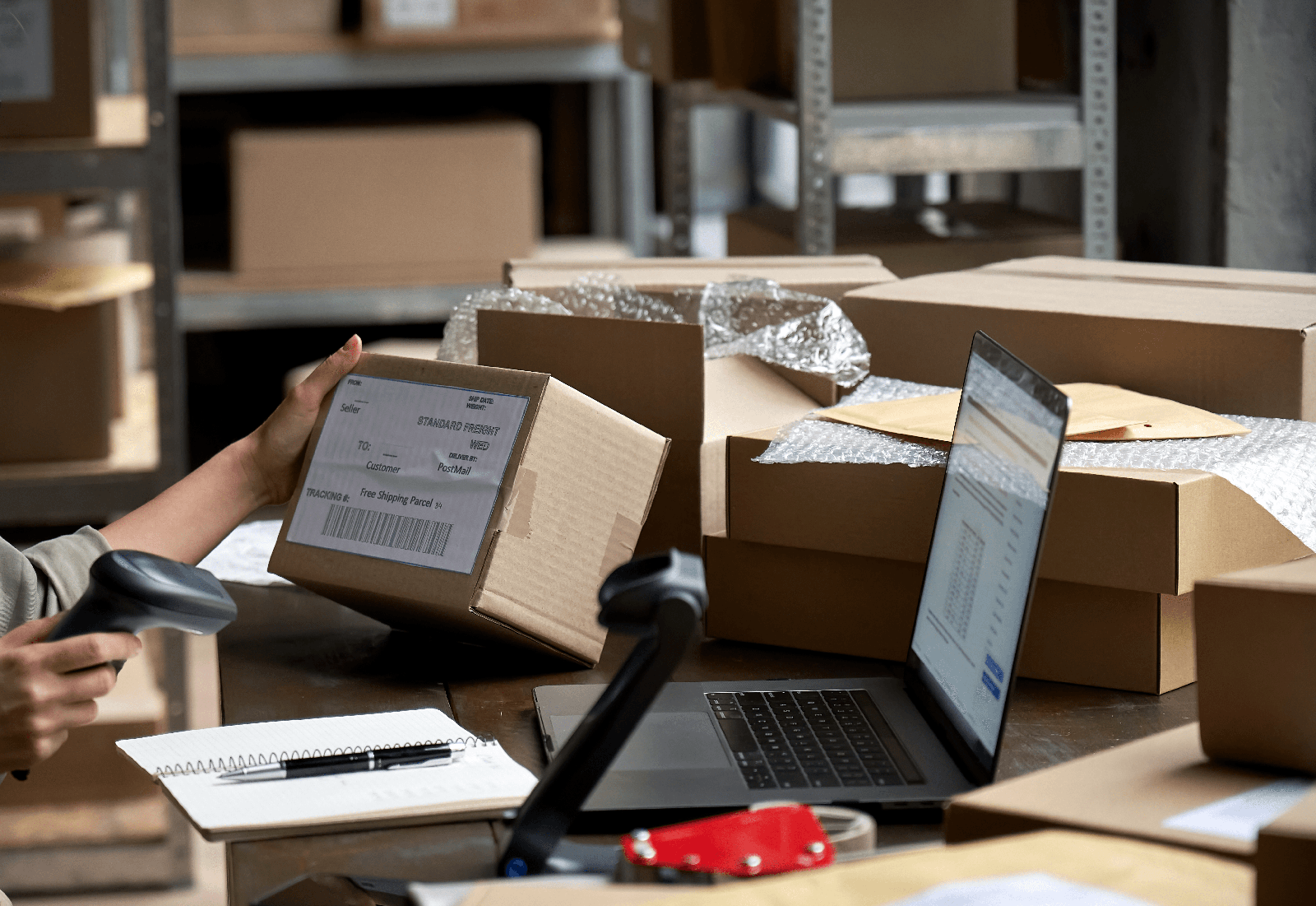By Anne Van de Heetkamp, Descartes, VP of Product Management (Global Trade Intelligence)

Great website, compelling products, fabulous prices, shopping cart full, happy checkout, fast international shipment. And then refused at the door? Another great website, more compelling products, check that shopping cart, smooth checkout, speedy multi country shipment and a delighted customer. Wazzupwithat? The difference may well be that in the first shipment the seller forgot one crucial thing: international duties and taxes.
International duties and taxes are part of a total landed costs calculation – where cost of goods, shipment, handling, and (good guess!) duties and taxes are all shared with the customer prior to checkout. So, how do we get there?
What is landed cost and why it is important in eCommerce
In order to complete an accurate as possible total landed cost calculation, the local Harmonized Tarff System (HTS or HS) code is needed; each product is classified in the HS tariff (97 chapters, for the U.S. approximately 16,000 different HS codes) and the applicable duty rates are based on that classification. The U.S. HS code is unique in a way that it cannot be used for import into other countries.
The challenge is that pre-classifying every product in the online catalog for each country it can potentially be shipped to requires a significant upfront investment. That investment being time, effort, or money. Even if engaging with auto-classification tools, the product catalog has to be brought in sync with the input for such tools (a regular product description is likely not sufficient – material composition, detailed description, end-use, etc. may be required) and the tool has to be equipped to deal with all countries and the specifics of the catalog. In short – getting accurate local HS codes may be a challenge.
Combining 6-digit HS codes with ‘experience’ data
So, unless the effort is made, the total landed costs methodology will have to resort to using another way to calculate duties and taxes. One of those methods is to use 6-digit HS code data (which are harmonized globally) and combining those with ‘experience’ data, which will result in fairly accurate estimates. When actuals are paid on behalf of the importer, the importer would never know if there was a difference between estimated calculation and actuals.
That leaves a typically small risk with the vendor (or another party in the Supply Chain that assumes that risk). The risk can be covered with a small uplift and a feedback loop to improve calculations for the next shipment. Another option is to not collect duties upon checkout (and just post for informational purposes). That would still require the buyer to pay for the duties (upon delivery), but the information that additional duties would become payable has been shared.
Accounting for De Minimis value exceptions and preferential rates
Two more items deserve consideration in the context of total landed costs: De Minimis value exceptions and application of preferential rates. Preferential rates are the rates applied when a product qualifies for a lower rate based on the status of the product, i.e. whether it is eligible for a lower rate if there is a Free Trade Agreement (FTA) between the exporting and importing countries.
Requirements are usually fairly strict (e.g. a 60% value add rule or a tariff shift rule) but for B2C shipments some of the paperwork may be waived (if the shipment is below a certain value) and the lower rate could be applied in case there is 1) a direct shipment and 2) the country of origin matches the country of export. The De Minimis value accounts for a duty exemption for shipment below a certain value. This can be customs duties and value added taxes, or just the customs duties. For the U.S., that value is USD 800, whereas it is only 22 EURO in the EU.
Landed cost and customer satisfaction
In conclusion: whether to include in payment or used for information only, supporting a Total Landed Costs calculation mitigates risks of abandoned shipments and increases customer satisfaction. The difference between one side and the other is stark. One the one hand, there is a customer who received the online purchase, giving high marks for service and returning for repeat purchases. On the other, there is someone who never received the order or gets a shock for significant additional money that has to be paid to cover international duties and taxes.
How Descartes CustomsInfo Can Help
Ecommerce companies need to make sure that they are able to deliver goods to buyers in a timely manner and with all costs accounted for at the time of purchase. Descartes CustomsInfo maximizes the power of international ecommerce platforms that facilitate fast and accurate product classification and landed cost calculations. The solution also includes a denied party screening component to help ensure that they are not entering into transactions with entities categorized by governments and world bodies as ‘bad actors’.